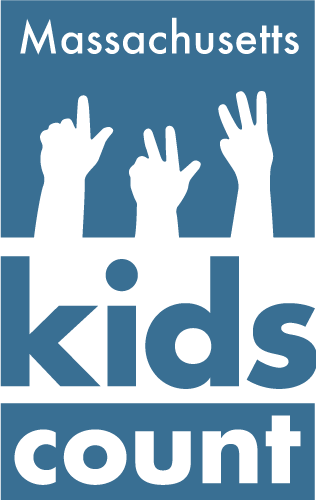The Fiscal Year 2024 budget is the first state budget to include money raised from the Fair Share Amendment. Approved by voters last November, Fair Share amended the state constitution to include a 4 percent surtax on taxable income over $1 million. Enabled by this new Fair Share revenue, the Fiscal Year (FY) 2024 budget makes important investments in education and transportation.1 Lawmakers took additional steps to create mechanisms that will facilitate transparency, stability, and protect the intent of Fair Share.
Three Funds, One Purpose
Three separate funds were set up to help manage Fair Share dollars collected by the Commonwealth and to ensure these dollars are spent on education and transportation. Separate funds increase transparency by making it easier to track the surtax money collected and spent.
Revenue raised by the surtax is first deposited into the Education and Transportation Fund (E&T Fund).2 Lawmakers set a spending cap on the amount that can be spent from the E&T Fund each Fiscal Year (see next section). Surtax money that exceeds that cap, “the excess,” will be transferred from the E&T Fund to one of the other two funds.3 Fifteen percent of the “excess” gets deposited into the “Education and Transportation Reserve Fund” to offer stability if surtax revenue decreases, such as an economic downturn.4 Eighty-five percent of the “excess” gets transferred to the “Education and Transportation Innovation and Capital Fund,” which supports one-time spending like the construction of a new rail line or vocational school.5 See the diagram for a visualization of how Fair Share Dollars flow through the three funds.

Why the Innovation and Capital Fund?
The Education and Transportation Fund and the Innovation and Capital Fund support different types of spending: long-term versus one-time. Long-term spending items are expected to recur in the future, whereas one-time spending items are for a one-time need. Buying a bus is an example of a one-time expense.
Having both these funds allows lawmakers to manage the proportion of long-term to one-time Fair Share spending. This helps address concerns about having to reduce long-term spending in the face of large and/or unexpected decreases in revenue. For example, it is painful to cut long-term spending, like an ongoing scholarship or free community college program, when revenue decreases during economic crises.
The cap on E&T Fund spending6 is what limits long-term spending in each fiscal year. For the FY2024 and FY 2025 budgets,7 this cap is set during the consensus revenue process,8 by which lawmakers agree on an estimate of how much revenue is available to support the budget in the current fiscal year. This estimation process will become more standardized as of FY 2026 when a formula based on recent years will set the cap.9 The Innovation and Capital Fund does not seem to be subject to the spending cap described above.
Example Calculation
Imagine the Commonwealth has estimated that Fair Share will bring in $1.5 billion in revenue in the fiscal year. As a result the spending cap for the Education and Transportation Fund is set at $1.5 billion. However, consider what happens if Fair Share ends up collecting $2 billion, an amount $500 million more than the spending cap.
This $500 million “excess” will then be deposited into the other two funds highlighted above. Fifteen percent, or $75 million, will be deposited into the Education and Transportation Reserve Fund. Eighty-five percent, or $425 million, will be deposited into the Education and Transportation Innovation and Capital Fund.
| Category | Amount |
|---|---|
| Fair Share Revenue, Estimated | $1,500,000,000 |
| Fair Share Spending Cap | $1,500,000,000 |
| Fair Share Revenue, ACTUAL | $2,000,000,000 |
| Amount Over Spending Cap | $500,000,000 |
| 15% to Reserve | $75,000,000 |
| 85% to Innovation and Capital Fund | $425,000,000 |
Endnotes
1 The State Fiscal Year (FY) starts in July. FY 2024 started in July 2023.
2 M.G.L. ch.29 §2BBBBBB(b)
3 M.G.L. ch.29 §2BBBBBB(c)
4 M.G.L. ch.29 §2CCCCCC
5 M.G.L. ch.29 §2DDDDDD. In this first year of implementation, we have yet to see any items supported by this fund.
6 M.G.L. ch.29 §2BBBBBB(f)
7 See Outside Section 106 of the FY 2024 General Appropriations Act
8 M.G.L. ch.29 §5B
9 The formula will be based on the prior 10 years of income subject to the surtax. See Outside Sections 18 and 106 of the FY 2024 General Appropriations Act





